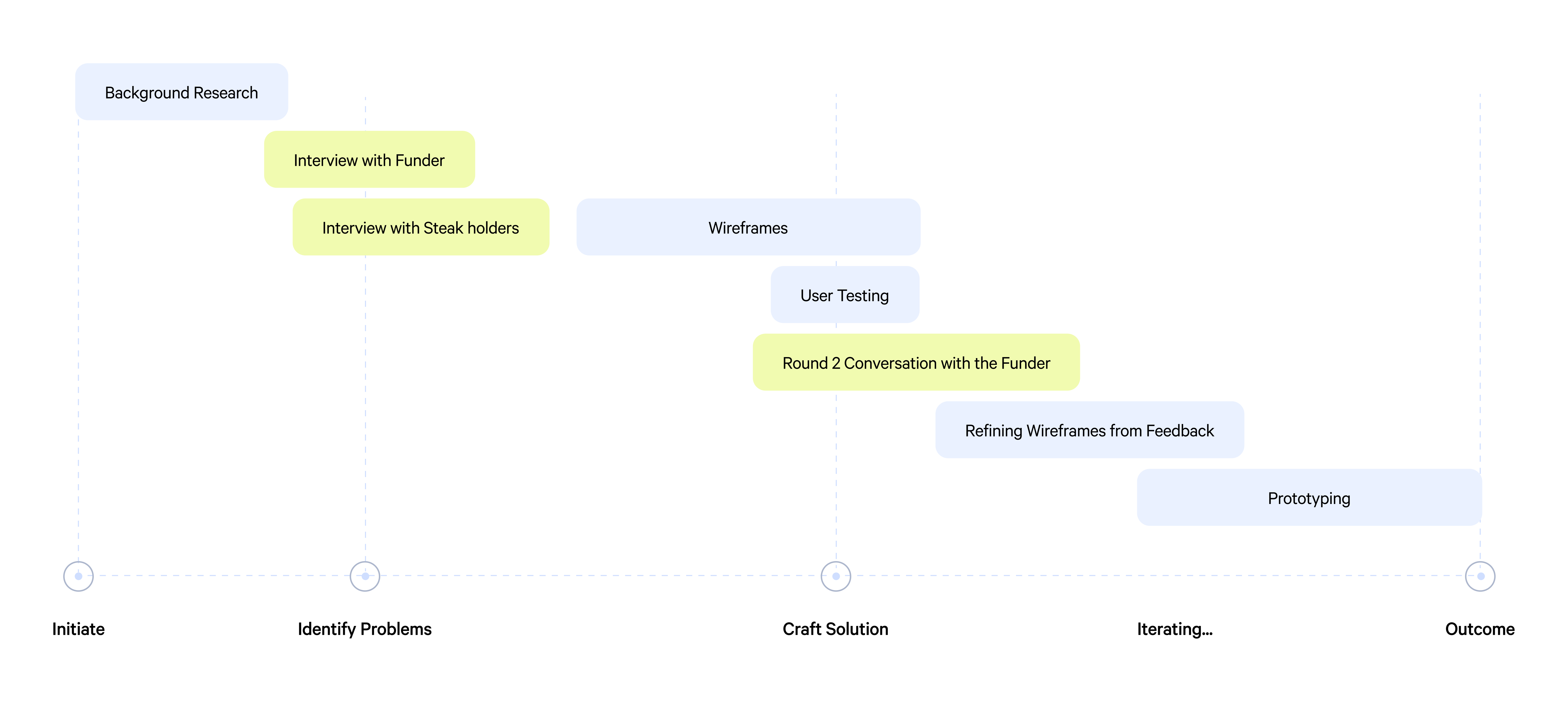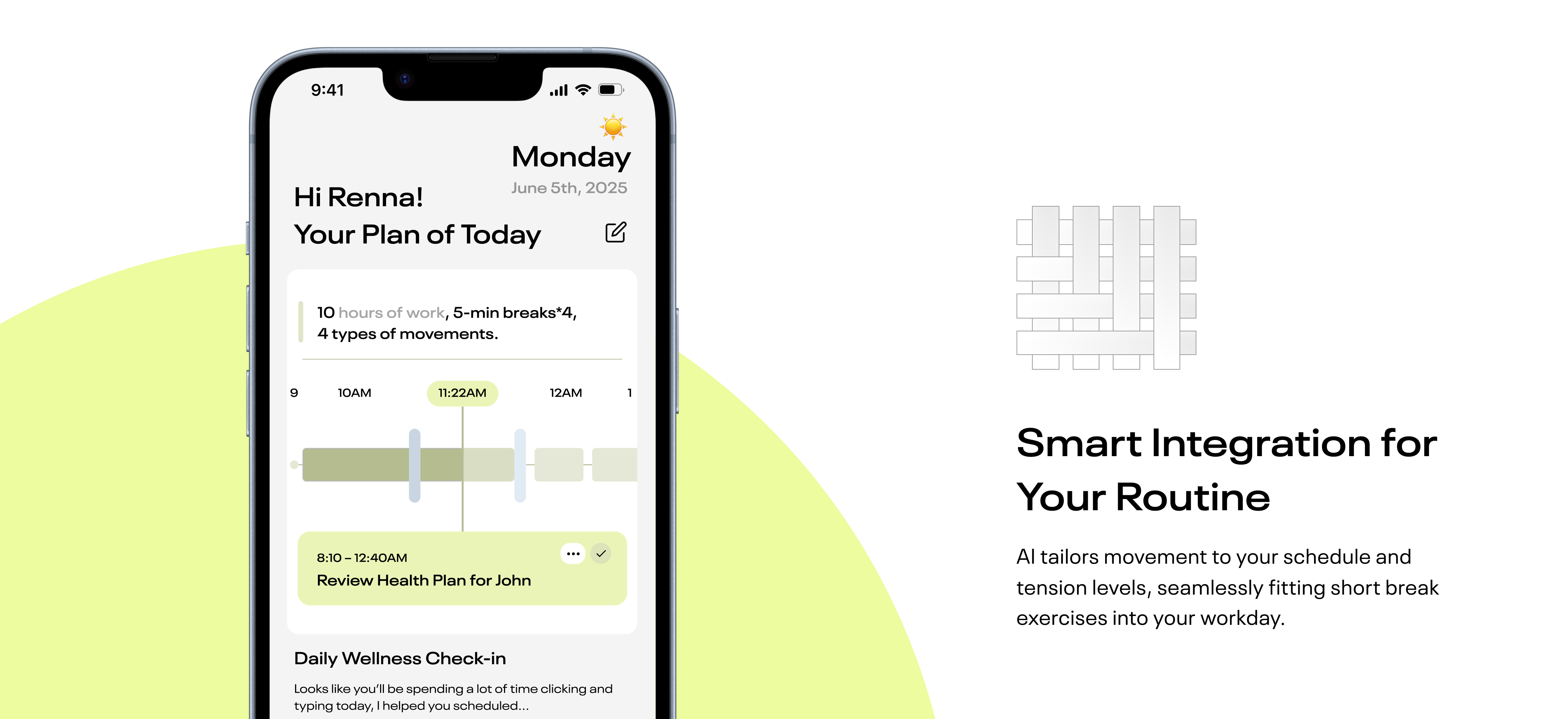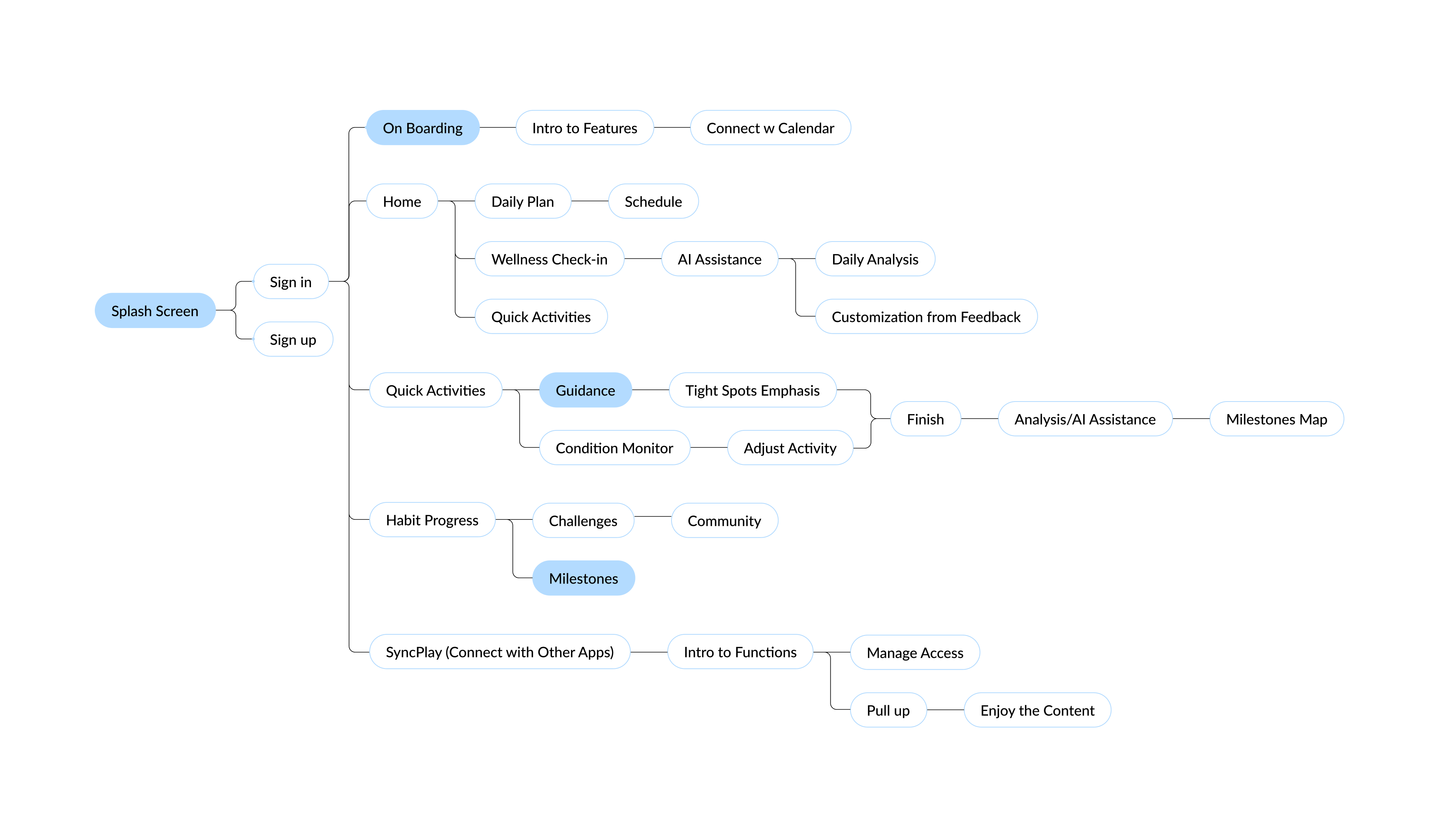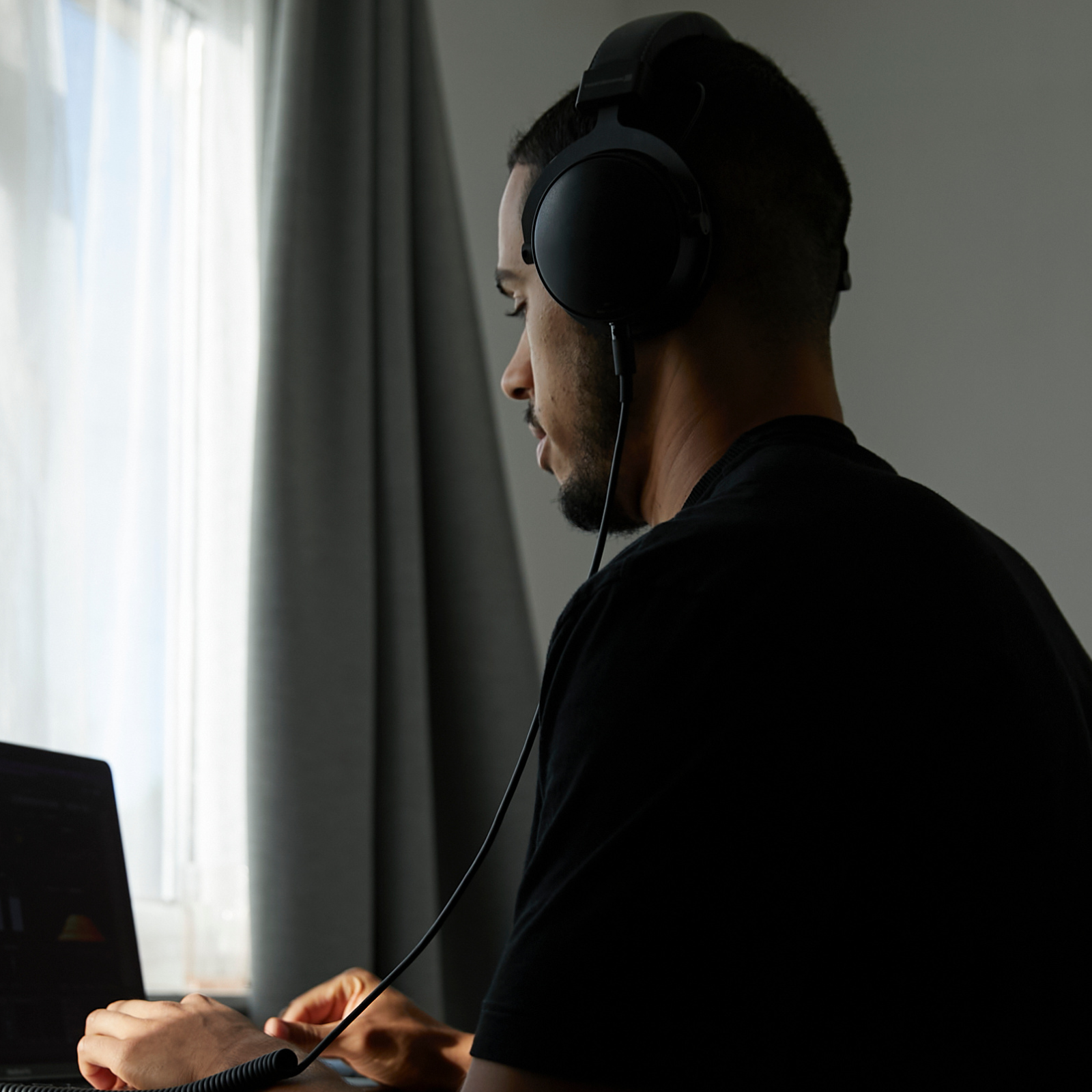Gondola Optics












This was the part of my experience where I achieved the greatest market impact🌟 shout out to the success of our filter development team as well. I designed the homepage display content and visual language for the Crayon filter, which received the highest number of API calls–409,865–in just one week after launch.
In the initial design phase, I experimented with various image-to-filter effects. Based on user preferences, I ultimately selected two character images for the homepage displays in Asia and the Americas, designing matching backgrounds and typography for each.



The success of Crayon Filter led to the opportunity to expand the concept, and I created a pet-specific version, Crayon Paws, which maintained the filter’s popularity and attracted even more downloads.
In the initial design phase, I experimented with various image-to-filter effects. Based on user preferences, I ultimately selected two character images for the homepage displays in Asia and the Americas, designing matching backgrounds and typography for each.
















Nowadays, as the level of education increases, more and more people are pursuing college studies. For most people, the goal after graduation is to find a suitable and enjoyable job using the skills acquired during their education. Still, getting ready for the job search can be pretty overwhelming. How to help new graduates better adapt to the transition from school to work?
Limited Support in Preparation Stage
Most software aimed at helping new graduates focuses more on job search and application processes.
Information Access
Activity and event information is scattered, making it difficult for students to find what they need quickly, often resulting in missed opportunities or lack of preparation.
Time Management
Career-related courses often begin in junior or senior year, requiring students to plan carefully to integrate career preparations into their schedules.




The Information page is where verified individuals can post information, ranging from the entire job search process to sharing interview experiences among peers. Users can access the career-related information they want to learn about through search, as well as the latest updates on their subscriptions.
The Activity page offers comprehensive information on career-related activities. By browsing and adding them to their calendar, users can keep track of and participate in activities that interest them.
Additionally, the top of the page features a direct link for scheduling appointments with the school’s career center, helping users to prepare in advance for the events.


Users can meet buddies with similar goals on the group page and mutually encourage each other, working together towards their objectives. At the same time, users can customize or accept challenges in the “Challenge” section to push even harder.
The Information page is where verified individuals can post information, ranging from the entire job search process to sharing interview experiences among peers. Users can access the career-related information they want to learn about through search, as well as the latest updates on their subscriptions.








Currently, Los Angeles art nonprofits operate in a fragmented and independent manner, missing valuable opportunities for collaboration, resource-sharing, and visibility. Limited connections and information gaps further hinder their ability to build a sustainable and thriving art community.

Various Aspects from Different User Groups
Stakeholders, nonprofit leaders, and donors may have entirely different focuses and perspectives, even on the same content.
Bridging Gaps: Scale, Awareness, and Collaboration Challenges
Organizations differ in scale, staffing, and resource access. With limited connections and deep engagement, many remain unaware of the support they could offer or receive.
Visual Balance Between Credibility and Approachability
Organizations often prioritize tangible outcomes first, which can lead to limited time or resources to maintain structured documentation or polish their content.
Variations in Digital Adoption Among Organizations
Even though many organizations have digitized their websites, they are still in the early stages of implementing thoughtful design and AI integration.
Inclusive Language to Connect with Diverse User Groups and Needs
Structured features to help users quickly identify their needs.
Foster Collaboration
Using projects as a medium to foster collaboration, strengthen mutual support, deepen understanding, and build a lasting network among organizations.
Harmonizing Aesthetics and Nonprofit Warmth
Creating a visual identity that blends professional aesthetics with the warmth and approachability of nonprofits, making it visually compelling and emotionally engaging.
Seamless Navigation and Organization Digitization
Integrating lightweight AI for seamless and accessible functionality.


How might we create a platform that fosters seamless collaboration between nonprofits of all sizes, encouraging resource-sharing and partnership-building to achieve common project goals?
A project-based collaboration platform for LA’s art nonprofits to pitch, join, and co-create projects while accessing unaware opportunities, building reliable connections, and sharing knowledge. This platform fosters communication, resource sharing, and a united nonprofit community.



We help connect organizations through collaborative projects. Each involves two to three partners, whether completed or open for collaboration, all visible at first glance on the homepage.
Kickstart your journey by joining our platform! The sign-up process enables nonprofits to input key details, showcase projects, and add staff, unlocking access to member-exclusive resources and collaboration opportunities.


Transform your ideas into actionable projects with AI! From pitching proposals to matching with similar projects, these tools streamline funding opportunities and foster meaningful collaborations.

The Opportunities Hub is designed to keep non-profits informed and connected. Exclusive workshops led by professionals provide skill-building opportunities to advance and strengthen the non-profit network. Events Page serves as a platform for non-profits to promote their activities.

We express our heartfelt gratitude to all donors and proudly display donors name on this page. To build trust, we also provide a clear outline of how your contributions make a meaningful impact.
Thoughtful integration of AI into design
Working on this project gave me a deeper understanding of both the value and complexity of integrating AI into user experiences. As AI technology continues to evolve, incorporating it into our solution seemed like a natural next step. But through collaboration with the client, I came to understand that implementing AI isn’t just a design decision, it’s a strategic one that carries significant costs in development time, training, and user education.
For users to adopt AI features, they must offer clear, meaningful, and irreplaceable benefits. It’s not just about automation, the experience needs to feel guided, intuitive, and intentionally designed from the start.
Working with multiple stakeholders
Navigating stakeholders with different goals starts by aligning around a shared user focus. The first step was identifying the primary user and building a shared understanding of their goals, pain points, and context. By aligning everyone around who we were designing for, we created common ground to move conversations forward.
Instead of trying to satisfy every request, we focused on reframing feedback and synthesizing it into purposeful directions. It is about building trust through clarity, showing how design decisions ultimately ladder up to real user impact.

As technology reshapes daily life, sedentary habits have become the norm, leading to issues like cervical strain, prolonged sitting, and wrist-related conditions. My research explores how technology can move beyond passive health recommendations to actively foster healthier habits.

Micro-breaks are directly integrated into your daily schedule as natural checkpoints within tasks, encouraging users to treat them like any other item on a to-do list. Instead of vague stand-up reminders, each break is tailored to the user’s current activity and intensity level, making them specific and actionable. Users can complete micro-breaks with minimal thought, reinforcing the habit through clarity, timing, and ease of execution.



Through several rounds of user testing and iteration, I identified compelling interaction patterns and integrated user-driven insights into the final design, including visually novel features, engaging responsiveness, and timely, detailed feedback.















